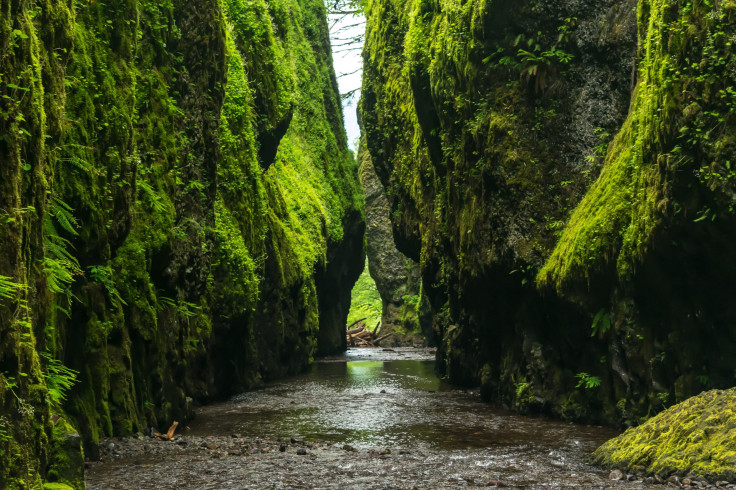Where Does Oxygen On Earth Come From? Moss Played Important Role, Plant Evolution Study Reveals

There was once a time when oxygen was not part of the makeup of the Earth’s atmosphere. Roughly 2.4 billion years ago, the current form of the chemical element materialized after the Great Oxidation Event, when tiny organisms called cyanobacteria first conducted photosynthesis. But it was not until 400 million years ago that oxygen molecules appeared in the atmosphere at current levels.
How oxygen molecules went from first appearing to enriching the atmosphere has been a mystery to scientists. But a new international study from the University of Exeter, published in the journal Proceedings of the National Academy of Sciences, has a theory: early forms of plants are responsible for the rise in oxygen.
Tim Lenton, a professor at the University of Exeter, and his team used computer simulations to explore early forms of plant on the planet, which were mostly simple bryophytes like moss. These plants appeared 470 million years ago and took in carbon dioxide from the air and emitted oxygen in return. Repeated photosynthesis created an oxygen cycle that steadily increased concentrations of the compound and early plants were found to have contributed 30 percent of the oxygen found in our atmosphere.
“Their emergence and evolution permanently increased the flux of organic carbon into sedimentary rocks, the primary source for atmospheric oxygen, thus driving up oxygen levels in a second oxygenation event and establishing a new, stable oxygen cycle,” write the authors.
The increase in oxygen played a large role, as it allowed plants and animals to grow and evolve.
"It's exciting to think that without the evolution of the humble moss, none of us would be here today,” said Lester in a statement. “Our research suggests that the earliest land plants were surprisingly productive and caused a major rise in the oxygen content of Earth's atmosphere."
© Copyright IBTimes 2024. All rights reserved.






















